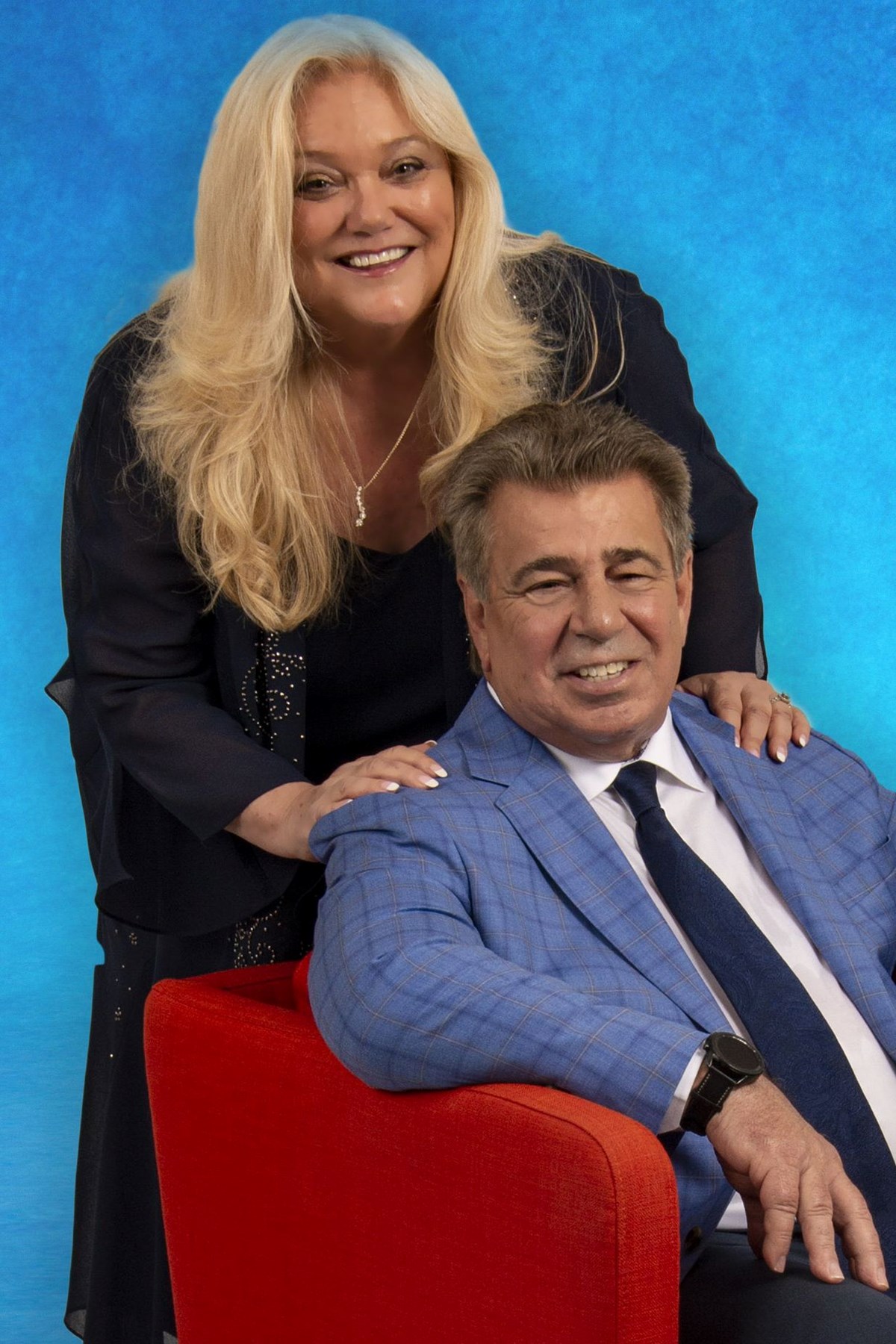
Kim and Brian Rist
10/01/2023
By Katharine Webster
Brian Rist ’77, ’22, ’22 (H) moved to Florida as soon as he finished his classes at UMass Lowell in December 1977. That move was all about the weather — and a girl he had just started dating.
“The day before my last exam, we had an awful snowstorm,” he says. “I had a Volkswagen Bug, and I could barely see the roof. I had to dig it out, and I thought, ‘I never want to do that again.’”
So when his girlfriend, Kim, suggested he move to Florida, where she was from, he quickly agreed. “That ‘girl’ is now my wife,” he says. He and Kim Rist lived together at her parents’ house in South Florida at first, and later he got involved in the family business: installing garage doors.
But in 1992, Rist experienced the downside of Florida weather when Hurricane Andrew made landfall as a Category 5 storm, flattening entire towns and causing 65 deaths. Viewing the destruction, Rist had a brainstorm: Garage doors are the largest and weakest barrier against high winds in most homes, so finding a way to protect them would limit hurricane damage.
Over the next decade, he evolved that idea into Storm Smart Industries, which makes screens, shutters and panels that protect windows and doors against hurricanes.
Since Andrew, Rist has lived through four more big hurricanes, including three in the last six years. Each one has increased Storm Smart’s business. The Rists have been generous with their fortune, endowing UMass Lowell’s Rist Institute for Sustainability and Energy and the Rist DifferenceMaker Institute, as well as the deanship of the Manning School of Business.
We asked Rist what he learned from each hurricane:
- Andrew, 1992: “I spent 18 months in South Florida repairing homes and studying why those buildings failed. All of our products came out of things I learned from Andrew. We thought, “‘If you can make something that will stop a 2-by-4, you stop a lot of the damage.’”
- Charley, 2004: “It was the first time a hurricane hit Florida when we were testing new products, and we learned we were on the right track. Our business took off.”
- Irma, 2017: “Irma was the first storm I experienced where water was such a tragic problem. Some areas got as much as 21 inches of rain. There was a storm surge and lots of areas got flooded.”
- Michael, 2018: “Michael hit an area of the panhandle where a lot of people didn’t live in great houses. There were a lot of older houses on cinderblocks and slabs, and they were just flattened.”
- Ian, 2022: “That was the most devastating storm I’ve witnessed. Ian was a very slow-moving storm, and like with Irma, the big problem was water. We had all the latest (Storm Smart wind protection) products on our home, but the water kept rising and rising. It came within a foot-and-a-half of our door. Boats were coming up over the sea wall and through our yard and smashing into the canal. And we weren’t even on the coast.”
Rist, who sold Storm Smart two years ago, is now working with an engineer on designing products that will protect homes from flooding. Meanwhile, Florida’s building codes, under pressure from the insurance industry, have become more stringent.
But ultimately, Rist says, the construction industry, researchers and entrepreneurs need to figure out how to build and retrofit housing so that it’s not only resistant to weather extremes—from hurricanes in the South to blizzards in the North, tornadoes in the Midwest and wildfires out West—but energy-efficient and affordable.
“It takes work, it takes money, but we have to do it. You don’t want just the elite to have energy-efficient, resilient homes,” he says. “We have to get a lot of people teaching, thinking and learning about ways to make our built environment more sustainable.”
